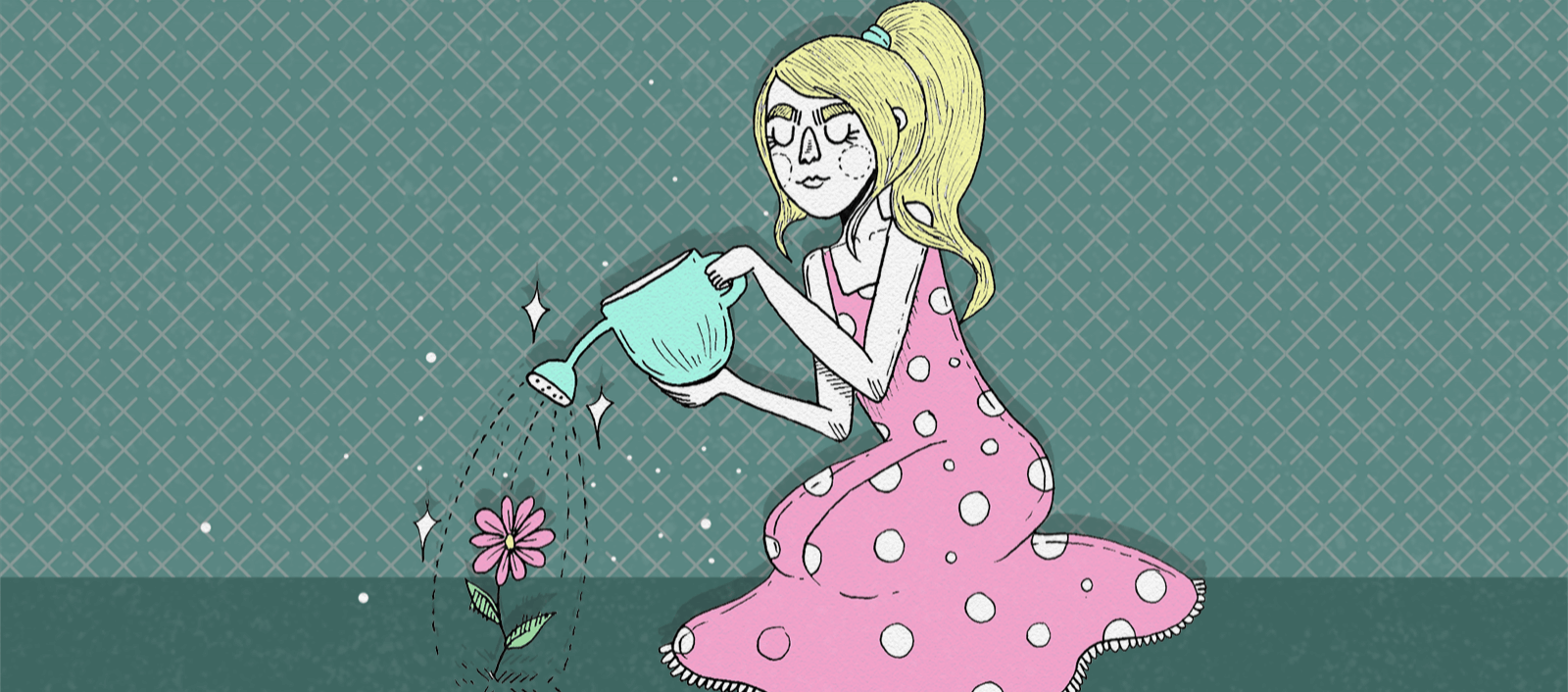
A homemade paste of baking soda and castor oil might be a natural remedy for warts. This homemade treatment is safe and effective. The mixture can be used once or twice daily until the warts disappear. It will take only a few more weeks for you to notice any results if you continue using it daily. However, you should follow the instructions for the remedy carefully, as you'll need to repeat it daily.
You'll need to use baking soda in order to make this homemade wart cure. Combine the mixture with castor olive oil. Place the mixture on the warts overnight and massage it in. A few drops of vitamin E or peppermint oil can be added to the paste. The mixture can be left on the counter for several days until the warts are gone. Castor oil can also be used topically and taken orally.

Apple cider vinegar has natural antiviral, antibiotic, and antifungal properties. It contains acid, which breaks down the wart tissues. Use one vitamin C capsule to mix the solution. Apply the paste to the affected areas. It will take around a week to get rid of the warts. Although it's effective, this may not be the best treatment for everyone suffering from warts.
An excellent way to kill warts is to apply a paste of garlic baking soda and garlic. Simply chop the cloves into small pieces and squeeze out any juice. Apply the paste twice per day to the warts. After a few days, they will begin to darken. Garlic kills bacteria, viruses and other pathogens. It also reduces the possibility of infection.
Baking soda and castor oils are natural remedies that can be used to treat warts. It can be applied to warts and moles for two to 3 weeks. The paste will have a beneficial effect on the wart and heal it. Once the paste is cured you can apply it on other areas of your skin, including your facial area. After this step, you can reap the benefits of the treatment.

You can also use banana peel to treat your warts. The banana peel can be ground and used twice daily to treat warts. The white mush that is made from the banana peeled will kill the virus, making the warts vanish. Another alternative is baking soda. You can combine the ingredients to make a paste that's highly effective. The paste should be applied several times daily to achieve the best results.
FAQ
How to measure bodyfat?
The best way to measure body fat is with a Body Fat Analyzer. These devices can be used to measure body fat percentages in people who are trying to lose weight.
What is the difference between a virus and a bacterium?
A virus is a microscopic organism that cannot reproduce outside its host cell. A bacterium (or single-celled organism) reproduces by splitting itself into two. Viruses are small, around 20 nanometers in size. Bacteria are much larger, at 1 micron.
Viruses spread easily through contact with infected bodily tissues, such as saliva and urine, semen, vaginal secretions or pus. Bacteria are usually spread through direct contact with contaminated objects or surfaces.
Viruses can enter our bodies through cuts, scrapes, bites, or other breaks in the skin. They can also penetrate the skin through the eyes, nose or mouth.
Bacteria may enter our bodies through cuts and scrapes on our skin, burns, insect bites, and other wounds. They can also get into our bodies via food, water or soil.
Viruses and bacteria both cause illness. However, viruses cannot reproduce within their hosts. They can only infect living cells and cause illness.
Bacteria can multiply within their hosts and cause illness. They can infiltrate other parts of the body. That's why we need antibiotics to kill them.
What is the best way to live a healthy lifestyle?
A healthy lifestyle means eating healthy foods, exercising regularly, sleeping well, and avoiding stress. If you follow these guidelines, you will be able to lead a long and healthy life.
Start small by changing your diet and exercising routine. For example, if you want to lose weight, try walking for 30 minutes every day. You can also take up dancing or swimming if you are looking to be more active. A Fitbit or Strava online program that tracks your activity can be joined.
What is the difference between sugar and fat?
Fat is an important energy source, which comes from food. Sugar is a sweet substance found naturally in fruits and vegetables. Both fats and sugars provide the same number of calories. Fats however, have more calories than sugars.
Fats can be stored in the body, which can lead to obesity. They can lead to cholesterol buildup in the arteries, which could cause heart attacks or strokes.
Sugars provide instant energy and are rapidly absorbed by the body. This causes blood sugar levels to rise. High blood glucose levels can lead to type II diabetes.
Statistics
- According to the Physical Activity Guidelines for Americans, we should strive for at least 150 minutes of moderate intensity activity each week (54Trusted Source Smoking, harmful use of drugs, and alcohol abuse can all seriously negatively affect your health. (healthline.com)
- WHO recommends reducing saturated fats to less than 10% of total energy intake; reducing trans-fats to less than 1% of total energy intake; and replacing both saturated fats and trans-fats to unsaturated fats. (who.int)
- The Dietary Guidelines for Americans recommend keeping added sugar intake below 10% of your daily calorie intake, while the World Health Organization recommends slashing added sugars to 5% or less of your daily calories for optimal health (59Trusted (healthline.com)
- nutrients.[17]X Research sourceWhole grains to try include: 100% whole wheat pasta and bread, brown rice, whole grain oats, farro, millet, quinoa, and barley. (wikihow.com)
External Links
How To
What does the meaning of "vitamin?"
Vitamins are organic compounds found naturally in food. Vitamins are essential for our bodies to absorb nutrients from the foods we eat. Vitamins cannot come from the body so food must provide them.
Two types of vitamins exist: water-soluble vitamin and fat-soluble vitamin. Water-soluble vitamins dissolve in water easily. These include vitamin C (thiamine), Vitamin B1 (riboflavin), Vitamin B2 (riboflavin), Vitamin B3 (niacin), Vitamin B6 (pyridoxine), Vitamin C, B1 (thiamine), Vitamin B2 (riboflavin), Vitamin B3 (niacin), and Vitamin B6 (pyridoxine). The liver and fat soluble vitamins are stored within the liver and in fatty tissue. These include vitamin D, E and K, as well as beta carotene.
Vitamins are classified according their biological activity. There are eight major types of vitamins:
-
A – Essential for normal growth, and the maintenance of good health.
-
C - important for proper nerve function and energy production.
-
D - essential for healthy bones, teeth, and gums.
-
E is needed for good reproduction and vision.
-
K – Required for healthy nerves & muscles.
-
P - Vital for strong bones and teeth.
-
Q - Aids digestion and iron absorption
-
R is required for the production of red blood cells.
The recommended daily allowance (RDA) of vitamins varies depending on age, gender, and physical condition. The U.S. Food and Drug Administration sets RDA values.
For adults 19 years and over, the RDA of vitamin A is 400mg per day. However, pregnant women need 600 micrograms per day because it is important for fetal development. Children ages 1-8 require 900 micrograms per day. For infants younger than one year, 700 micrograms are required daily. However, this number drops to 500 micrograms each day for children aged 9-12 months.
Children aged 1-18 years need 800 micrograms daily, while children overweight require 1000 micrograms per days. Children who are severely obese or underweight will need 1200 micrograms each day.
Children aged 4-8 years old who have been diagnosed as having anemia require 2200 micrograms of vitamin C per day.
Adults over 50 years of age need 2000 micrograms per day for general health. Due to their increased nutrient needs, pregnant and breastfeeding women need 3000 micrograms daily.
Adults over 70 years of age need 1500 micrograms per day since they lose about 10% of their muscle mass each decade.
Women who have been pregnant or are lactating require more than the RDA. Pregnant woman need 4000 micrograms daily in pregnancy, and 2500 per day after childbirth. Breastfeeding mothers need 5000 mg per day when breastmilk is being produced.